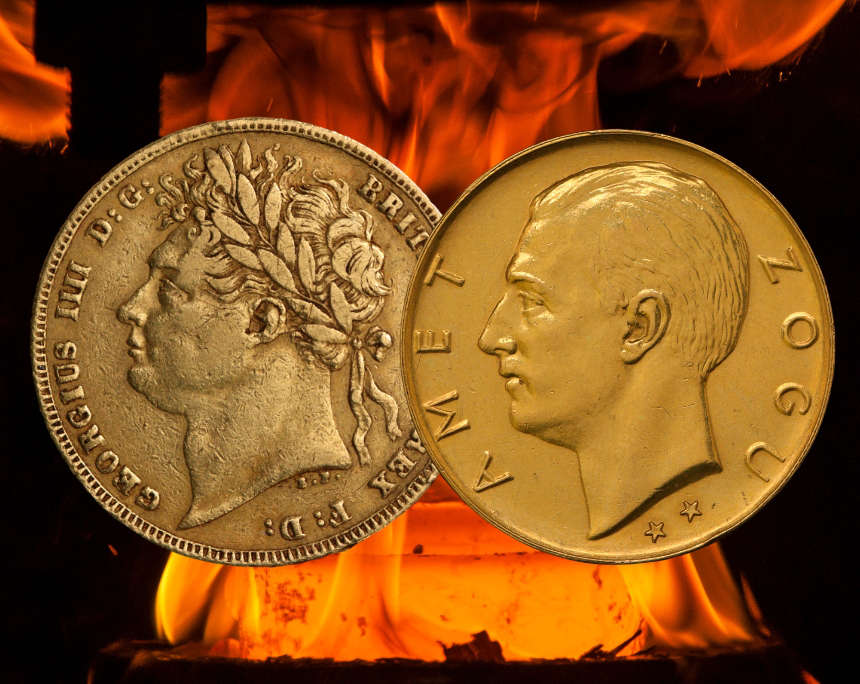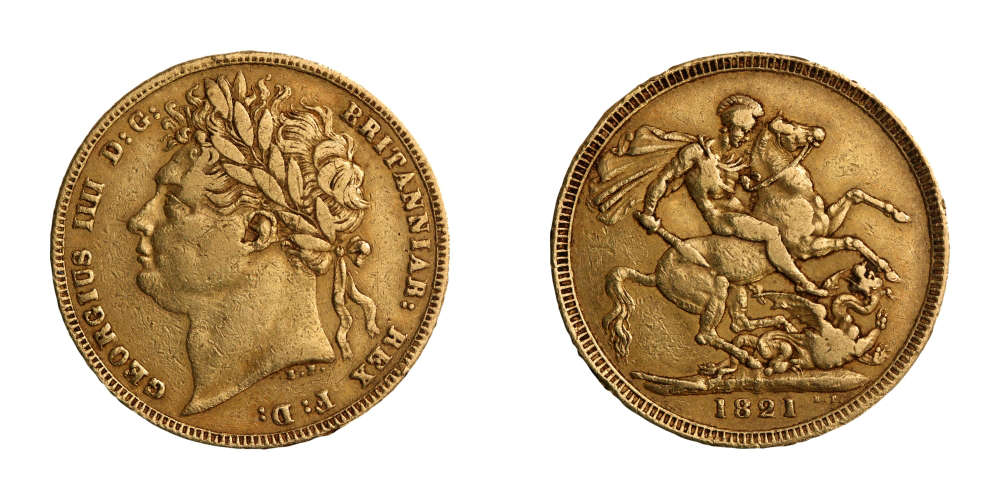Gold at Record Highs: Melt Down or Preserve Historic Gold Coins?
By Sebastian Wieschowski
The developments in the commodity markets have kept precious metal dealers, traditional coin traders, and collectors on their toes for several months: in mid-July, the gold price reached a new all-time high of around €2260 per troy ounce. To put this in perspective: in 2017, the average gold price was around €1100, and just three years ago, in 2021, it averaged €1500.
Content
However, the record-breaking gold price is not universally celebrated within the industry: many private investors are currently holding back on purchasing physical precious metals, hoping the price per troy ounce will drop below €2000. Additionally, dealers and investors are faced with the question of whether to “cash in” and sell part of their stock given the high gold prices. But this leads to a question that brings passionate numismatists to their limits: Which historical gold coins can be melted down with a clear conscience?
From a business perspective, this question is more pressing than it has been in a long time. Many precious metal dealers not only stock modern bullion coins but also historical gold coins and offer to buy old gold. Over the years, they have built up inventories, especially coins with numismatic significance. With the rise in gold prices, much of this stock has surpassed its acquisition cost significantly. Therefore, before these tangible assets continue to lie around, tie up capital, and possibly decrease in value, the decision to liquidate these stocks becomes more appealing.
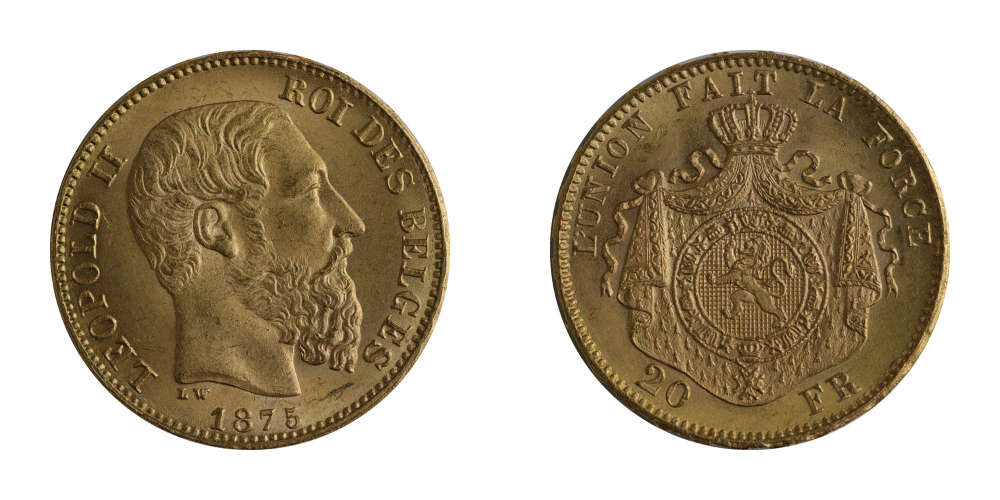
Belgian gold coins are among the currencies from the time of the Latin Monetary Union, which are sold with a small premium over the pure gold value. Photo: Wieschowski.
But which historical gold coins can be melted down without hesitation – and which treasures would be irretrievably lost in the process?
German Empire
Gold coins from the German Empire are now a staple in most dealers’ inventories. The standard denomination of 20 gold marks, also known as double crowns, was widely circulated. This is especially true for coins from Prussia, as the kingdom, being the largest and most populous member of the empire, was allowed to mint gold coins en masse.
When determining the rarity of gold coins from the Empire, collectors and dealers can refer to the various designations for the regions of rule, as they indicate the magnitudes and thus the power dynamics within the German Empire: The four largest member states – Prussia, Bavaria, Saxony, and Württemberg – were kingdoms. Gold coins from these four territories are traded in typical circulated condition with only a slight premium over the gold price.
Next were the Grand Duchies of Baden, Hesse, Mecklenburg-Schwerin, Oldenburg, and Saxe-Weimar-Eisenach. These are of more interest to numismatists because the Grand Duchies did not mint gold coins every year, and the mintage numbers vary significantly. Even rarer are the gold coins from the duchies and principalities, as well as from the Hanseatic cities of Bremen and Lübeck. Coins from Hamburg are an exception as they are generally not rare.
Regarding gold coins from the German Empire, especially from Prussia, there is a fundamental aspect important for considering them as scrap gold: Many historical reproductions exist that, although containing the same amount of gold as the original coins, do not date back to that time. These reproductions can usually be identified with the naked eye and have no numismatic value. Hence, many Williams and Fredericks from Prussia currently end up in the smelter.
Great Britain (Sovereign)
Since 1817, the Royal Mint in Great Britain has minted over a billion Sovereign gold coins. These coins are renowned for their iconic design by Benedetto Pistrucci, featuring Saint George slaying the dragon, and depict all British monarchs from George III onward, including five different portraits of Queen Elizabeth II.
When “sorting out” Sovereigns for melting, the Sovereign coins from 1957 onwards, the first years of Queen Elizabeth II’s reign, are the first choice. Although some years (notably from 2001 to 2009) have low mintage numbers in the five-figure range, the premium on the collectors’ market is negligible.
Similarly, Sovereigns from the reign of George V (1911 to 1932) are common if minted in London. Sovereigns from the Royal Mint branches in Australia, Canada, India, and South Africa fetch a slight premium. Checking the catalogue is worthwhile: Some foreign mintages have extremely low numbers, such as the 1923 and 1924 issues from Pretoria (South Africa).
With few exceptions, Sovereigns showing Edward VII (1902–1910) and Queen Victoria (1838–1901) can also be melted down for their gold value. Numismatists find more interest in coins from William IV (1831–1837), George IV (1821–1830), and the first Sovereigns under George III (1817–1820).
Switzerland (Vreneli)
From 1897 to 1949, Switzerland minted the Vreneli trade coins as part of the Latin Monetary Union with a nominal value of 20 francs. The years 1947 (92 million pieces) and 1949 (10 million pieces), as well as 1922 (around 28 million pieces), 1927 (around 5 million pieces), and 1930 (around 33 million pieces), are particularly widespread (and thus numismatically interesting only in the best condition). The key date of 1926, with a mintage of only 50,000 pieces, has a higher market value, and the years 1904 to 1907 fetch a slight premium over the pure metal value. All other years have mintage figures in the six-figure range and can justify a minimal collector’s premium in better condition but can usually be melted down with a clear conscience.
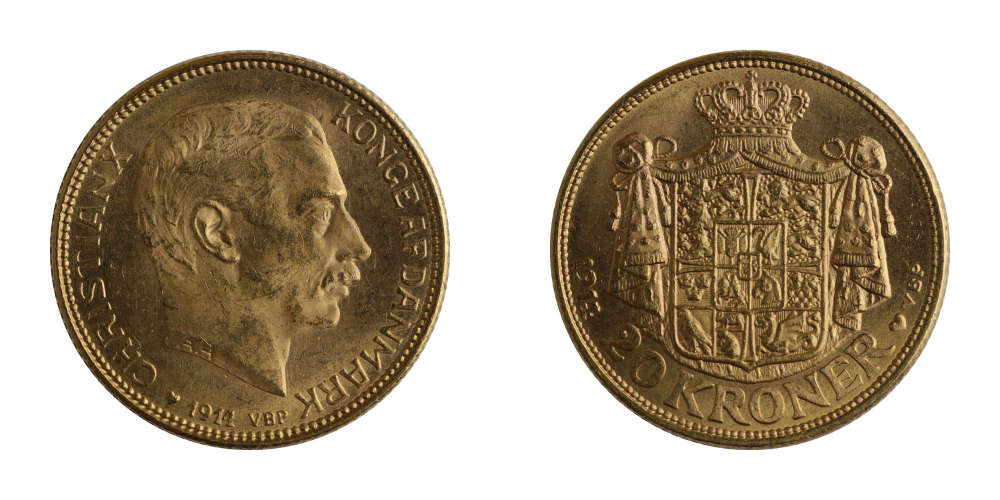
Denmark was part of a Scandinavian monetary union. These gold coins are very popular. Photo: Wieschowski.
Rest of Europe
Widespread gold coins from 19th-century Europe include those minted in France, Belgium, and Italy as part of the Latin Monetary Union. With circulation marks, especially the 20-francs or 20-lira gold coins bring only a slight collector’s premium and are currently preferred as melt material.
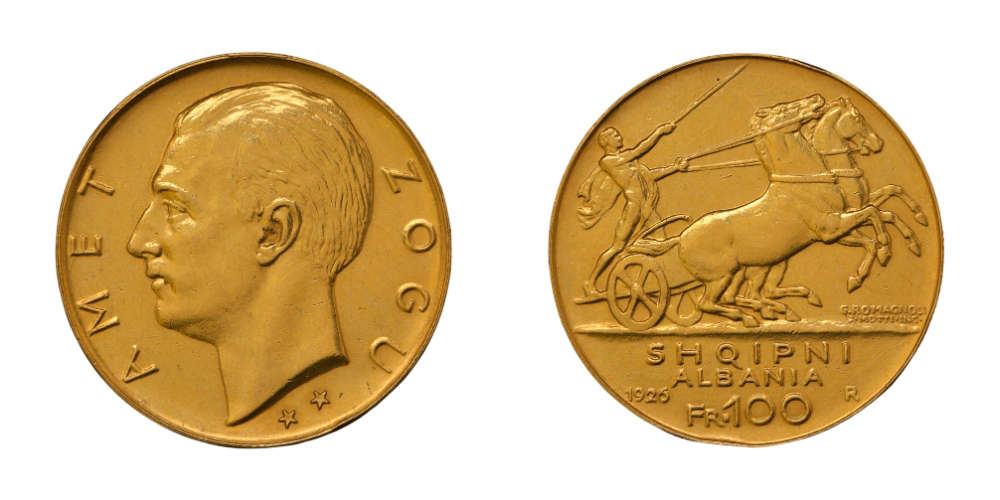
Albanian gold coins are among the rarities currently ending up in the smelter – a fatal mistake, as these coins are rare and especially sought after in Southeastern Europe. Photo: Wieschowski.
It becomes more interesting with smaller LMU members like Greece or countries that did not join the monetary union but minted their coins to LMU standards. Countries like Albania or Spain are sought after by gold coin collectors, and 19th-century issues from these countries should ideally be kept.
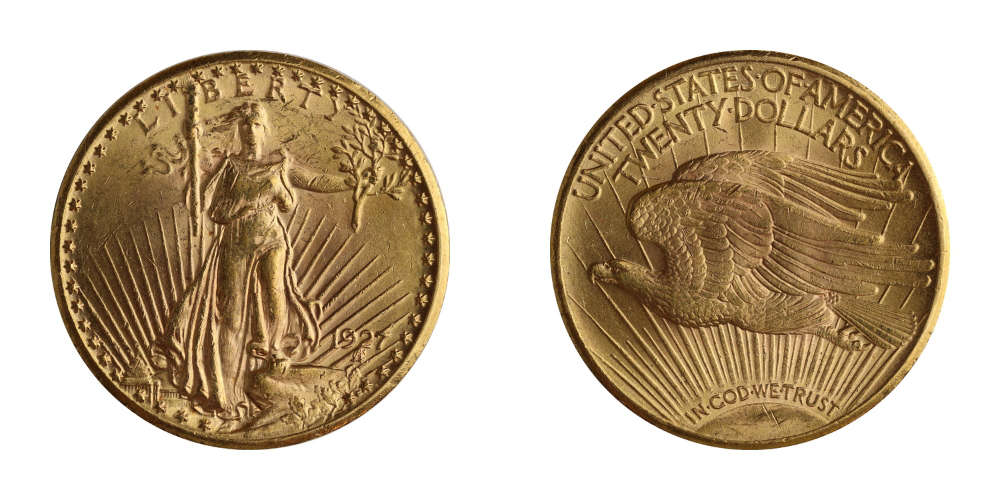
Double Eagle gold coins from the USA were minted in large numbers – most years can be melted down as scrap gold. Photo: Wieschowski.
United States
The United States of America have produced many widely circulated historical gold coins. For example, the Double Eagle ($20) was minted from 1849 to 1907. Most years are common, but early years and some rare issues (e.g., 1849, 1854-S) are valuable.
Special caution is advised with US gold coins bearing mint marks from branch mints of the United States Mint: Coins from Charlotte (C) and Dahlonega (D) are particularly rare and valuable as these mints were only operational for a short period. Gold coins from the “Wild West,” specifically Carson City (CC), are highly popular among collectors and often valuable, especially if well-preserved. Additionally, some coins from San Francisco (S) from specific years are valuable, particularly early years and those from the Gold Rush era.
Another aspect for US gold coins is the grading result. As a rule of thumb: a common year of a classic “type coin” like the $20 Double Eagle achieves a minimal collector premium only from a grading in the MS range (“mint state”), and it becomes really interesting only from MS65 onwards. According to grading service NGC, there are enough Double Eagles in MS63 and MS64 to meet type collectors’ demand.
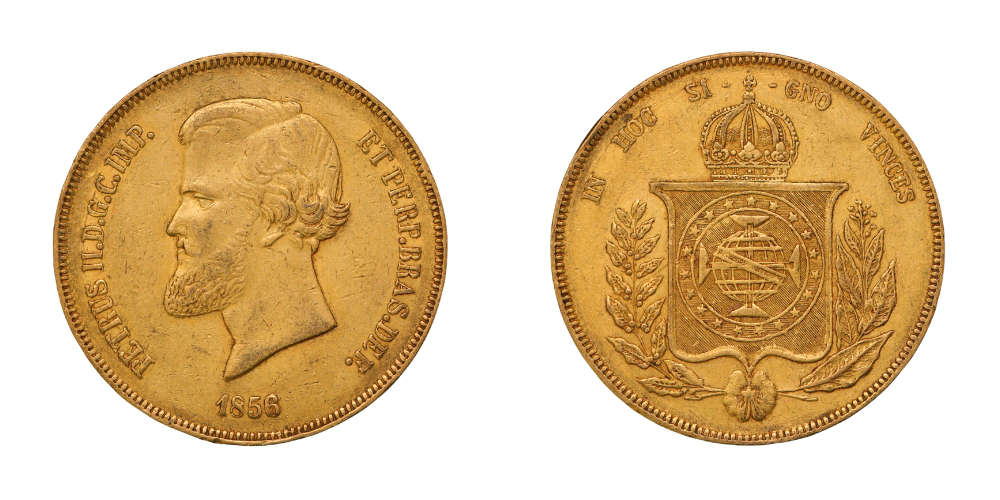
Gold coins from Brazil are among the exotic gold treasures – even with circulation marks, they have collector value. Photo: Wieschowski.
Conclusion
It is challenging to establish a rule of thumb for selecting gold coins for scrap gold processing, as each coin is a historical document. However, it is part of the truth that many countries minted their gold coins in large quantities in the past, and therefore, circulated examples are not rare. Subject to the caveat that there are always exceptions to the rule, the following rough guideline can be formulated:
- All gold coins before 1800 should only be melted down in exceptional cases.
- For 19th-century gold coins, it should be checked whether the issuing country played a significant role politically and in global trade at the time (e.g., the USA, Great Britain, or the German Empire). Gold coins from these countries usually only achieve a slight premium over the gold price in circulated condition.
- Before melting down coins from these countries, the exceptions and key dates should always be checked.
- 19th-century gold coins in better condition (at least good “very fine”) should not be melted down.
- Caution is advised with small issuing states (e.g., Scandinavian countries), exotic regions (e.g., South America), or known “trend” collecting areas (e.g., Russia or Eastern Europe).







